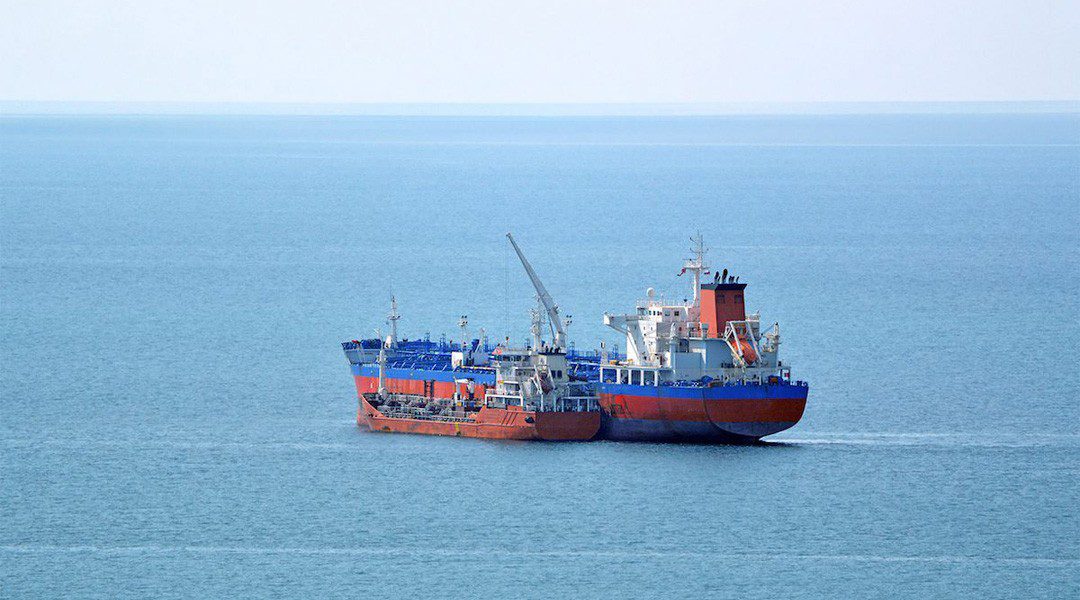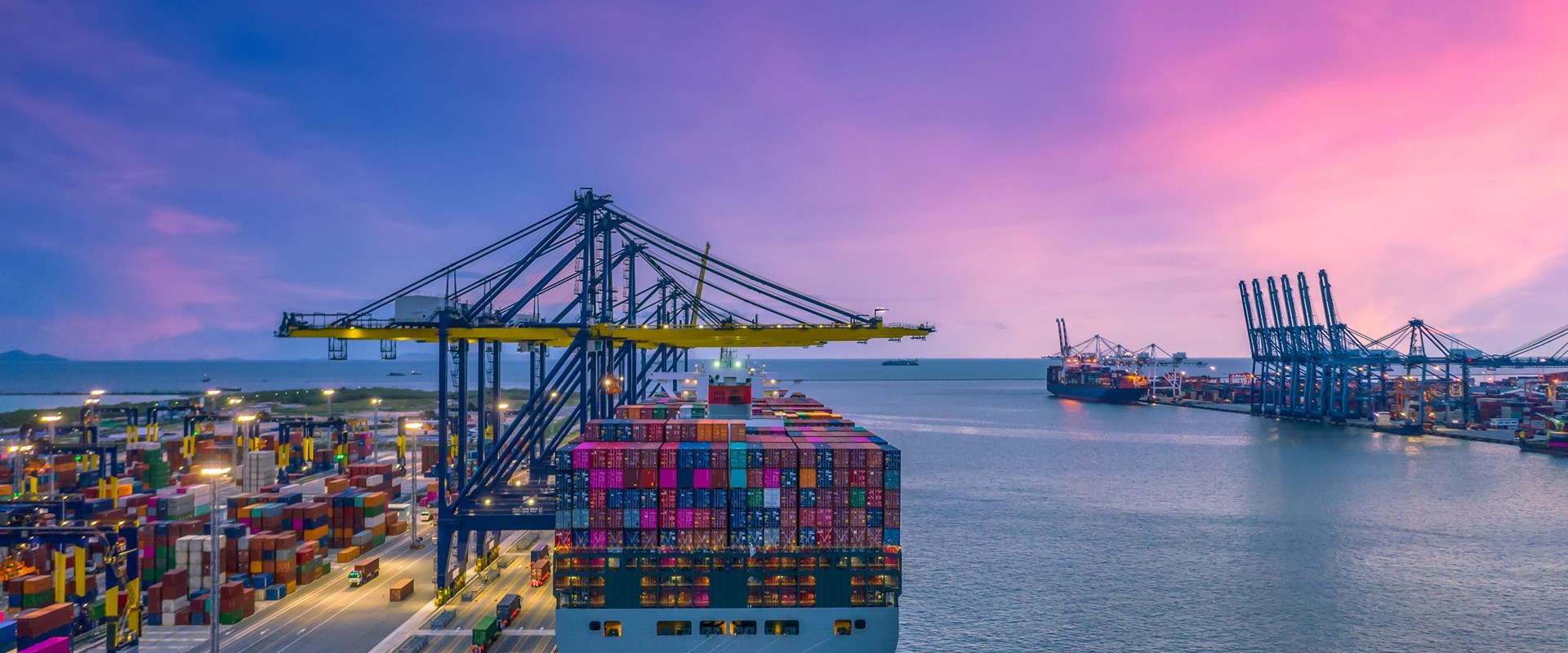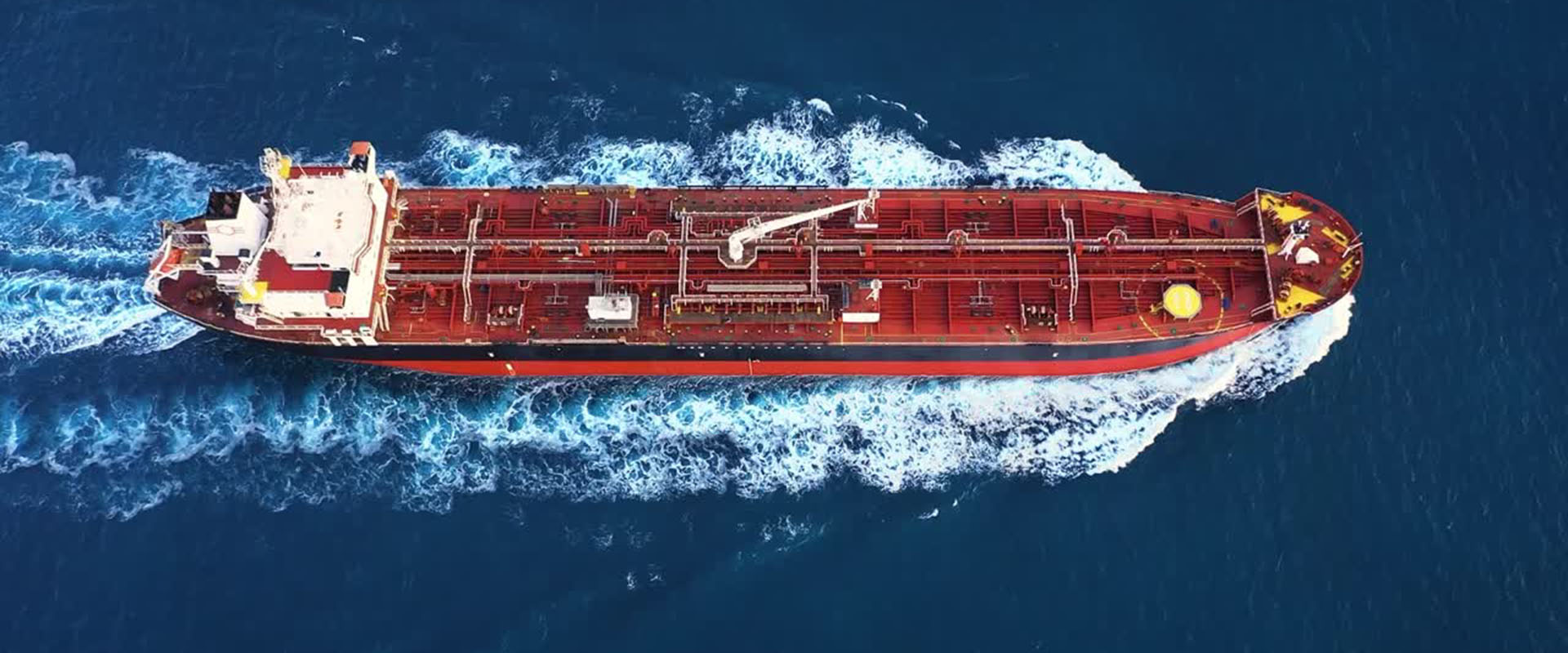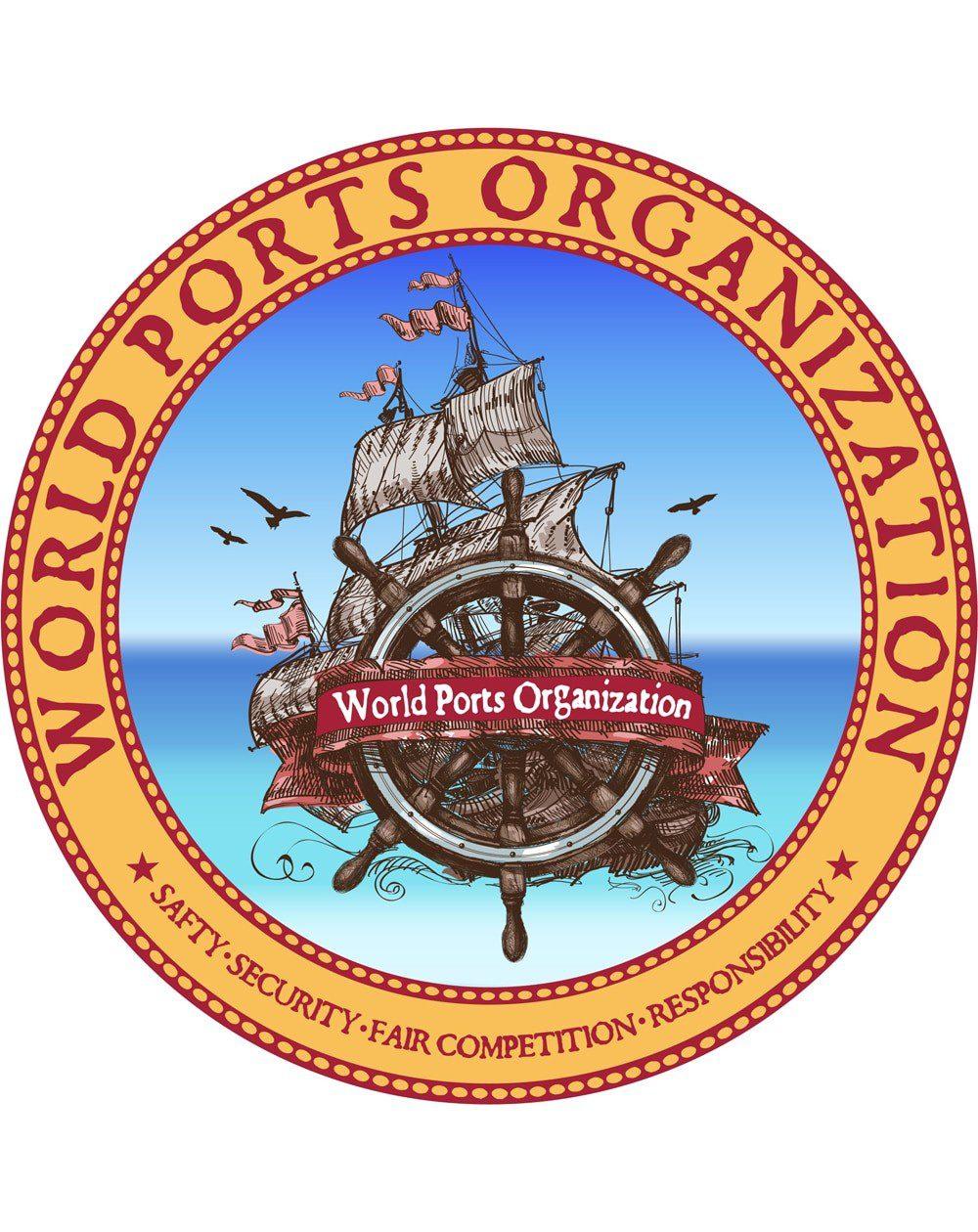WASHINGTON: Gujarat Pipavav Port Ltd, the entity that runs a port at Pipavav in Gujarat is ranked 26 in a so-called “administrative approach” and 34 in “statistical approach” in a list of 370 Global Container Ports, according to the ‘Container Port Performance Index 2021’ (CPPI), written jointly by the World Bank and the Maritime, Trade and Supply Chain division of S&P Global Market Intelligence.
In FY22, Pipavav Port handled 6,28,000 twenty-foot equivalent units (TEUs). Mumbai-listed Gujarat Pipavav Port Ltd is 43.01 percent owned by A P M Terminals Management B V, the container port operating unit of Danish transport and logistics giant A P Moller-Maersk.
Pipavav is classified as a medium sized port that handles 0.5 to 4 million TEUs a year …… while Mundra and J N Ports are included in the large ports category that handles over 4 million TEUs a year, according to the CPPI 2021.
The Two Top-ranked Container Ports in the CPPI 2021 are King Abdullah Port (Saudi Arabia) in first place, followed by the Port of Salalah (Oman) in second place. These two ports occupy the same positions in the rankings generated by both approaches. King Abdullah Port was ranked second in both approaches in CPPI 2020, the inaugural edition of the index. The Port of Salalah ranked sixth and ninth in the statistical and administrative approaches, respectively, in CPPI 2020.
Among the other Indian Ports in the global list, Hazira Port was ranked 68 and 69 under the two approaches, Chennai Port was 79 and 92, Kamarajar Port was 84 and 71, Krishnapatnam Port was 95 and 87, Visakhapatnam Port was 98 and 97, Cochin Port was 99 and 98 and Kattupalli Port was 106 and 95.
The CPPI is based on total port time, utilising data for the full calendar year 2021 and includes ports that had a minimum of 20 valid port calls within the 12-month period of the study.
Port hours per ship call is the overarching metric on which the CPPI is developed. However, to account for significant differences in ship calls determined by greater or lesser workloads and smaller or larger capacity ships, calls are analysed in 10 narrow call size groups and five ship size groups that generally reflect the types of ships deployed on specific trades and services. An average of around 60 percent of total port time is consumed by container-handling operations.
Like the first edition, the CPPI 2021 has employed two different methodological approaches, an administrative or technical approach – a pragmatic methodology reflecting expert knowledge and judgment – and a statistical approach, using factor analysis (FA).
The rationale for using two approaches was to try and ensure that the ranking of container port performance reflects as closely as possible the actual port performance, whilst also being statistically robust, the paper said.
Maritime transport, according to the index, is the backbone of globalized trade and the manufacturing supply chain, offering the most economical, energy efficient, and reliable mode of transportation over long distances. More than four-fifths of global merchandise trade (by volume) is carried by sea and a significant and growing portion of that volume, accounting for approximately 35 percent of total volumes and more than 60 percent of commercial value, is carried in containers.
“The growth of containerization has led to vast changes in the where and the how goods are manufactured and processed, a process that continues to evolve. Container ports, accordingly, are critical nodes in global supply chains and central to the growth strategies of many emerging economies. In many cases, the development of high-quality container port infrastructure, operated efficiently, has been a prerequisite to successful export-led growth strategies.
It can facilitate investment in production and distribution systems, supporting the expansion of manufacturing and logistics, creating employment, and raising income levels,” the technical paper pointed out.






